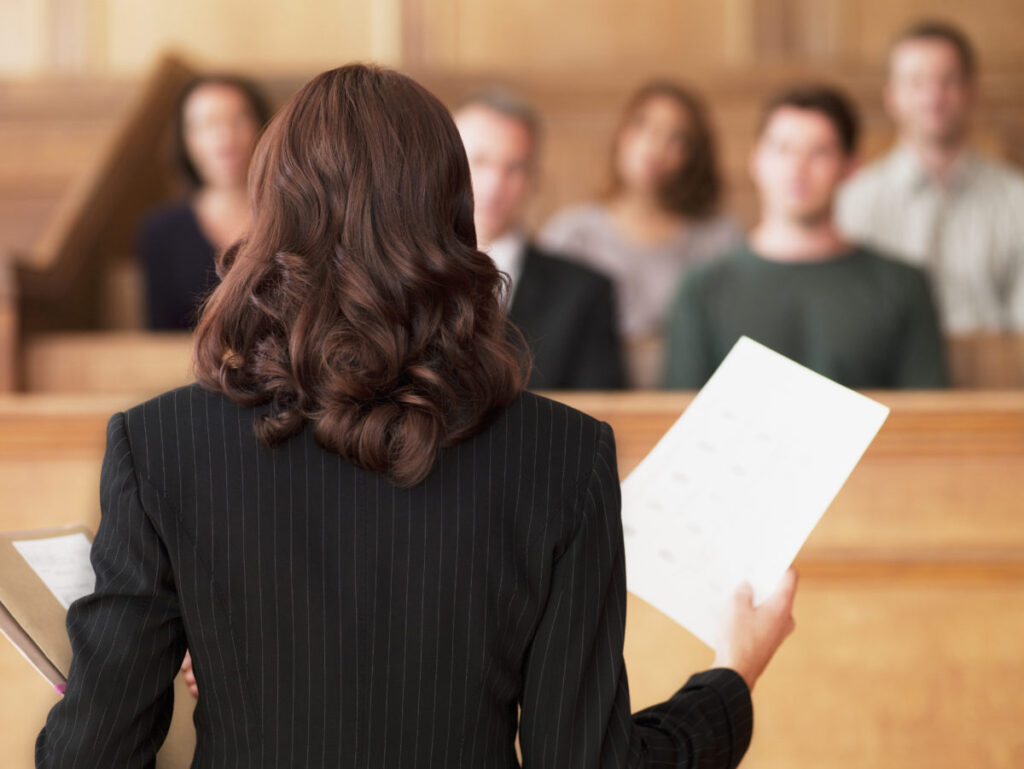Now Reading: The First Steps to Take Immediately After an Auto Accident in the State of Florida
-
01
The First Steps to Take Immediately After an Auto Accident in the State of Florida
The First Steps to Take Immediately After an Auto Accident in the State of Florida
At some point in your car-driving life, the chances of being involved in an accident are high – 1 in 583 to be exact.
Even highly skilled drivers are involved in accidents that are the fault of someone else’s negligence.
The best way to be ready for an event like this is to review the steps to take when it happens so that you’re always prepared.
Check on all people involved
Before you even pick up the phone to call for assistance, make sure everyone involved in the accident is okay. If you have passengers, assess their immediate needs. Do the same for anyone in the other vehicle.
If there are injuries that need assistance, call 911 immediately.
Make sure the car is in a safe location
If possible, move the car to another location preferably of the road, so that no other cars will be affected by the collision.
If you can’t move it to a safe spot away from traffic, just make sure any people involved are relocated to a safe area while you wait for help to arrive.
Contact the authorities
If there were no injuries, call the authorities straight away. Do as they tell you, and don’t leave the scene of the accident. Stay calm and stay in a safe location away from the roadway and other cars.
Be aware of situations where the other driver may be at fault
There are certain scenarios that indicate when the other driver is at fault in the accident. Keep these in mind:
- Failure to yield: If you had the right-of-way, and tried to avoid the accident by steering or breaking.
- Rear-end collisions: When the other person drives into the back of your car, they are usually found to be at fault.
- Disobeying stop signs or red lights: This is viewed much as a failure to yield issue. If you tried to avoid them, they are likely to be at fault.
- Driving under the influence
- Admitting that they were the cause of the accident
Document everything
This is especially important if the other driver was at fault. Take photos of the damage, roadway, any warning signs, and other notable conditions.
Get official records like license plate numbers, copies of insurance paperwork, and drivers licenses. Find out who is the registered owner of the other car. It may not be the driver.
If there are witnesses, get their names and contact information, including their phone number and email address. Ask if they might have any photos or video of the incident.
Cooperate with the police and your insurance company
Cooperate fully with any law enforcement personnel, and as for copies of any reports. Contact your insurance company and notify them of the accident, using the contact info listed on your insurance cards.
Follow up with a doctor
Even if you feel like you were only banged up a bit, be sure to follow up with a medical professional. Some of the most common car wreck injuries are neck injuries, which can include whiplash and spinal cord damage. These can be completely invisible and not noticeable while you’re still rattled from the collision.
Be sure to tell the examining physician how the injury occurred, and to get copies of any medical paperwork.
Save your documents carefully
Keep copies of all bills and records. This will be especially important if you find that the other driver was at fault and has insufficient or no insurance. Be sure to follow up with the police to get copies of any reports.
If the other driver is at fault, it is advisable to contact a good attorney who can advise you on what your rights are concerning compensation for injuries, medical bills and property damage. They will also guide you on any paperwork from your insurance company. The aftermath of a car accident can be complicated – it’s real peace of mind to let a professional deal effectively with your claims.
Author’s Bio:
Scott Distasio is the founder of Distasio Law Firm in Tampa. His career focus is on all types of personal injury cases. His work represents his belief that all firms should provide outstanding service to their clients. Follow @scottdistasio on Twitter to see what legal wisdom he shares next.








